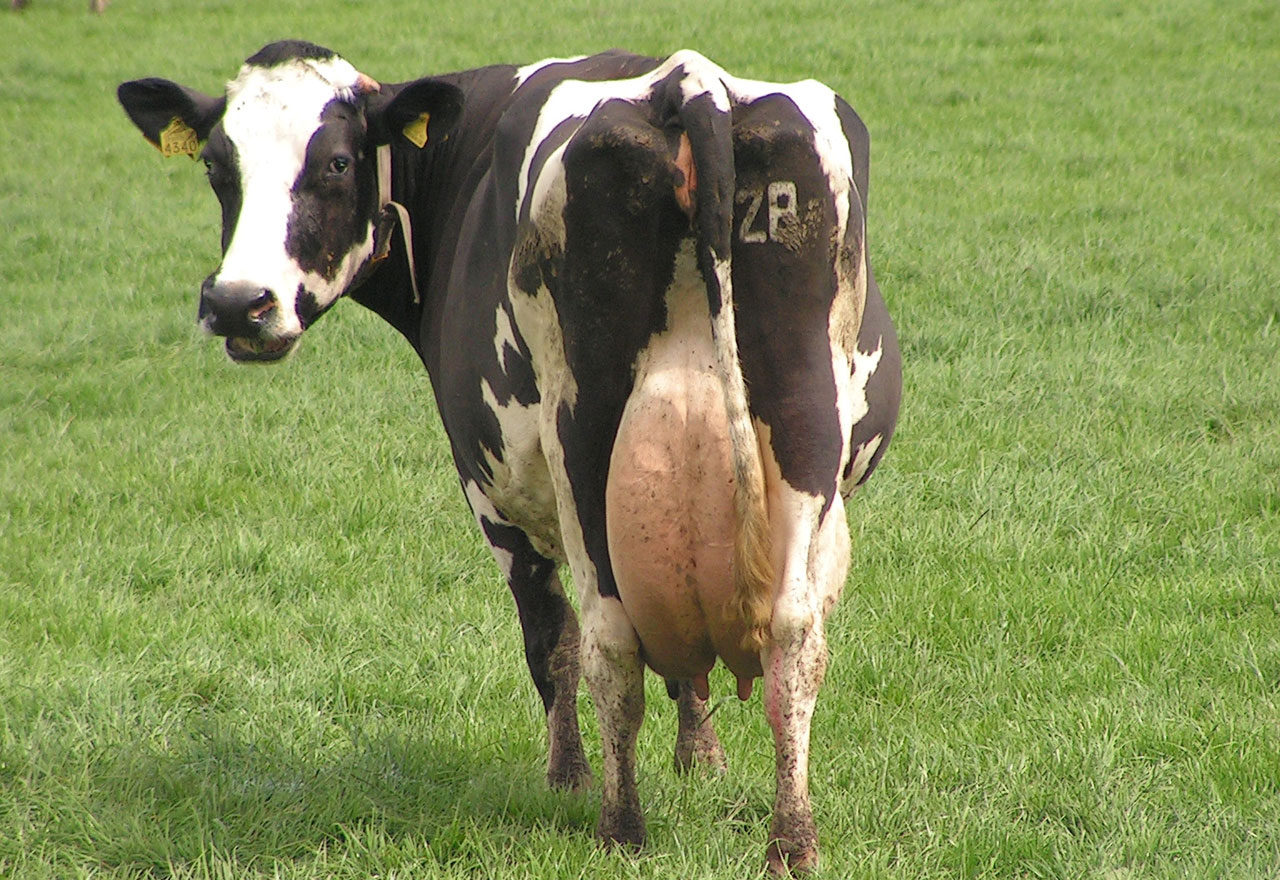The number of times a day your favorite dairy brand milks its cows speaks volumes about the integrity of its operation.
Organic dairy cows are required to have access to pasture for the entire grazing season. The 5 cow dairies on The Cornucopia Institute’s Organic Dairy Scorecard ensure their animals graze well-tended pasture, focusing on the health of the soil as well as the welfare of their cows.
Read the profiles from Cornucopia’s Dairy Campaign: Strafford Organic Creamery, Tide Mill Farm, Thistle Hill Farm and Seven Stars Farm.
Industrialized organic dairies—most of those rated one cow on Cornucopia’s scorecard—have taken advantage of perceived loopholes in the regulations, despite the clear call from consumers for authentic organic production. These operators have cut production costs by feeding their animals in confinement, only rarely allowing the animals onto fresh grass. This uneven playing field cripples small-scale organic operations.
Knowing how many times a day cows are milked offers valuable insight into their time on pasture. The standard for authentic organic dairies is once or twice daily. The process of milking a herd is time consuming: cows amble from pasture to milking barn, wait their turn to be milked, and then return to pasture. Grass-fed cows also produce less milk, the result of a diet with fewer carbohydrates than confined animals fed grain and hay in the feedlot.
Larger herds require larger pastures if they are truly grazing. And larger pastures mean longer walking distances for the cows. Take this scenario:
Factory Dairy X has 5,000 cows and alleges 1,500 grazing acres. If the cows are truly grazing, they eventually must be herded to the acreage furthest from the barn—over a mile in even the best case scenario. This is a very long walk, particularly for the large, prolific breeds favored by factory dairies. These cows would burn huge amounts of calories during long treks to the milking barns, reducing milk production.
If cows are being milked just twice daily and eating high quality grass, it’s arguably possible to raise energetic cows that can handle this long journey to and from the barn in a feasible amount of time. But it is not plausible. And we know they are being milked three times daily, even four.
Ignoring the time and human labor it would take to herd this many animals, no cows on grass can produce milk three to four times daily if they’re walking these distances. These cows must be fed concentrated feeds to enable the production of large volumes of milk. That practice comes with an animal welfare cost: Since cows have evolved to eat grass, a diet high in concentrated feeds results in poor overall animal health and chronic disease, as well as metabolic, hoof, and reproductive problems.
These conventional management styles further result in environmental consequences. Concentrated feeds are purchased from far-off companies, and some imported organic grain may even be fraudulent. In addition, manure collects when cows are confined, creating an opportunity for serious pollution.
The “bargain” prices of industrial organic dairy would rise sharply if all organic cows were given the access to pasture that organic consumers expect and never milked more than twice daily. Despite the higher cost of authentic organic dairy, the value is irrefutable.


